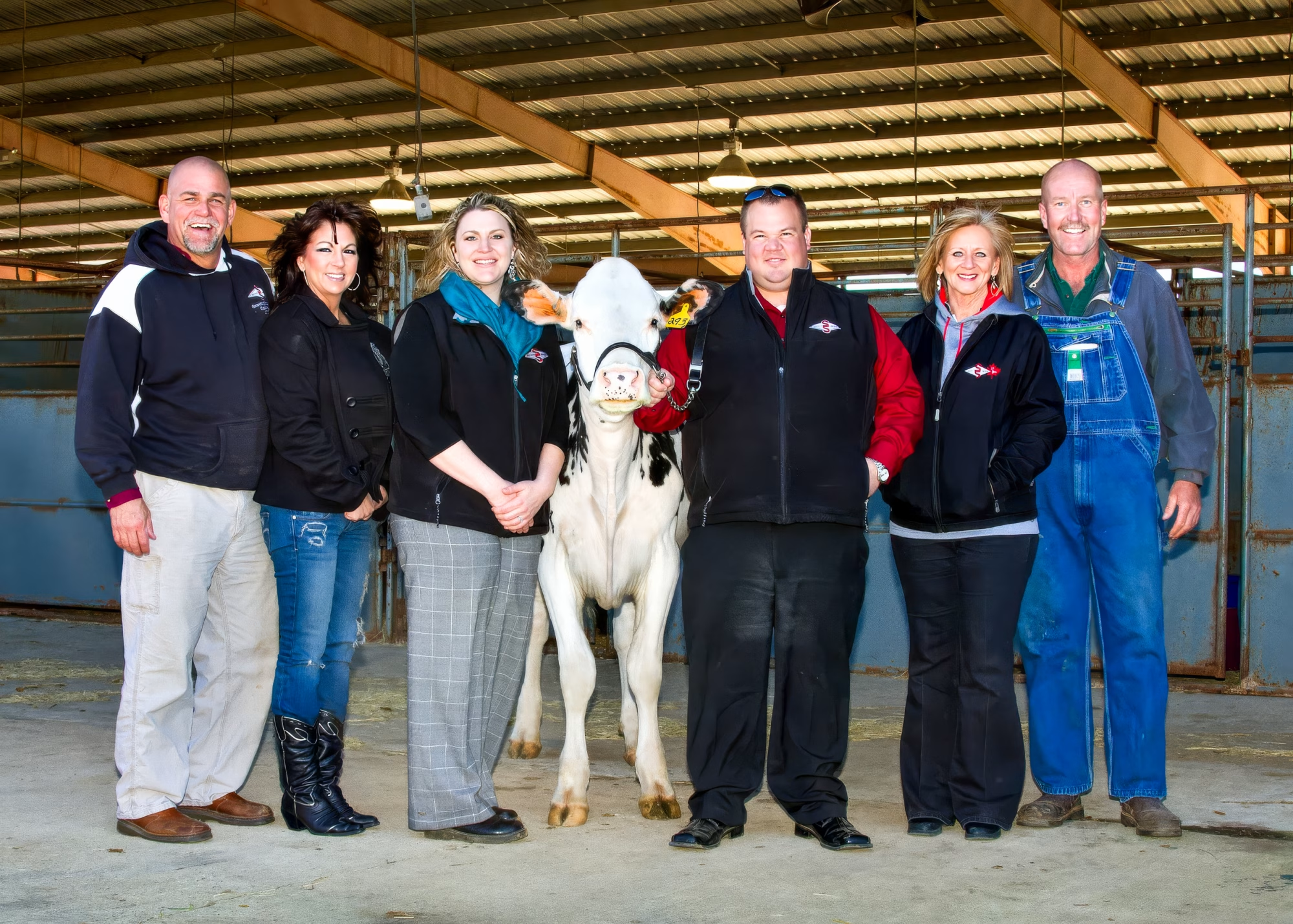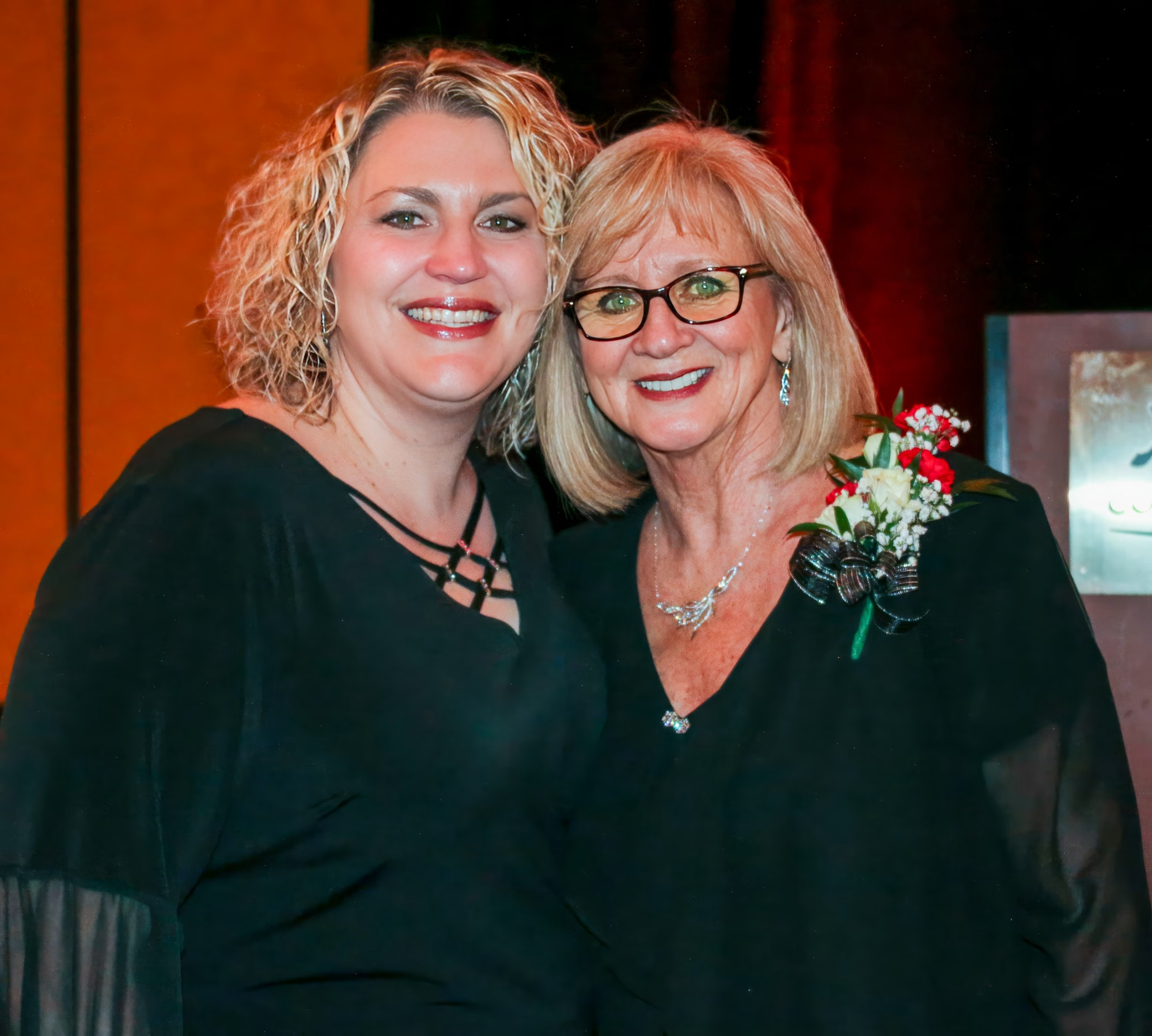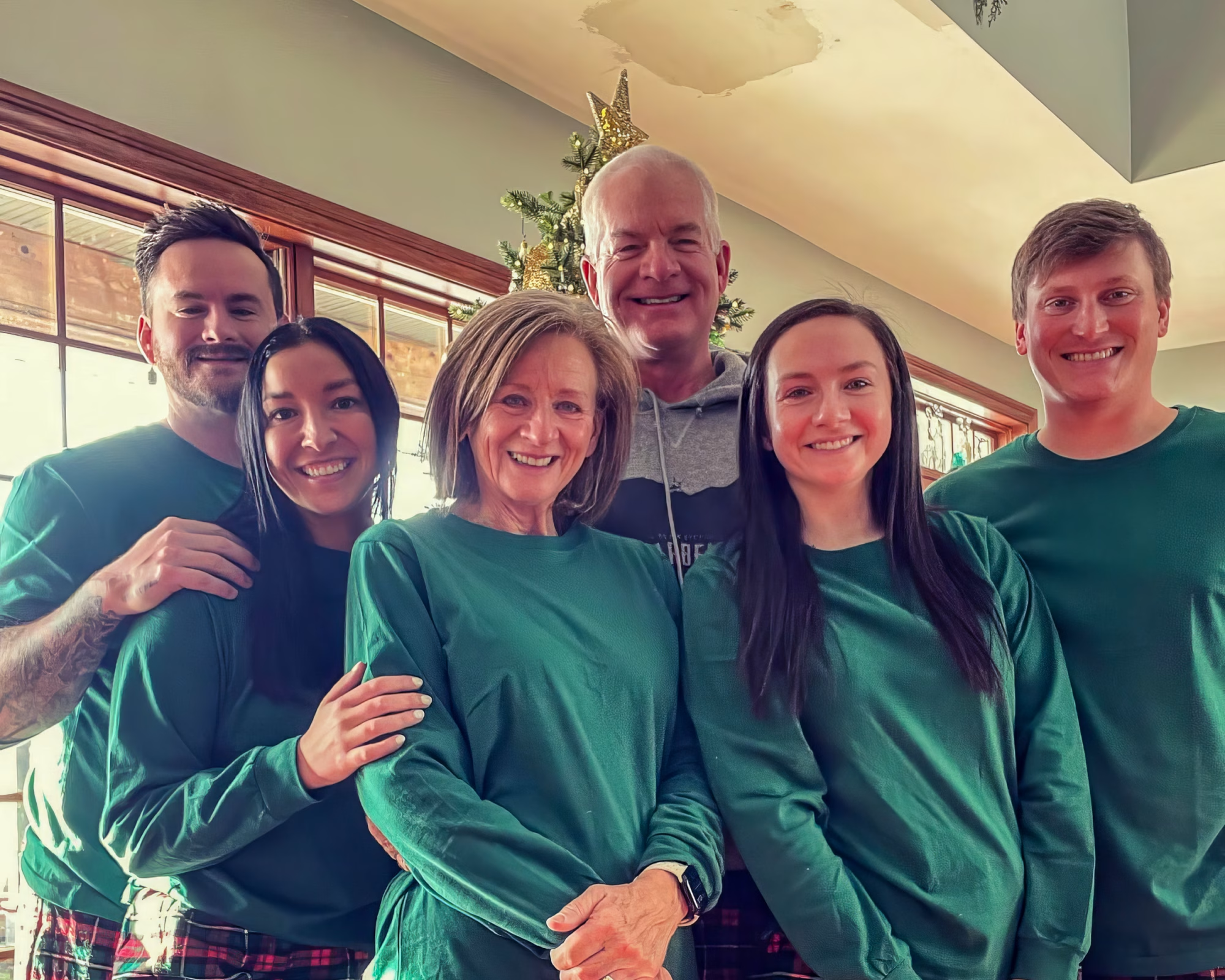This Colombian farm kid didn’t just enter dairy’s china shop—he deliberately smashed outdated breeding practices and rebuilt the entire industry.
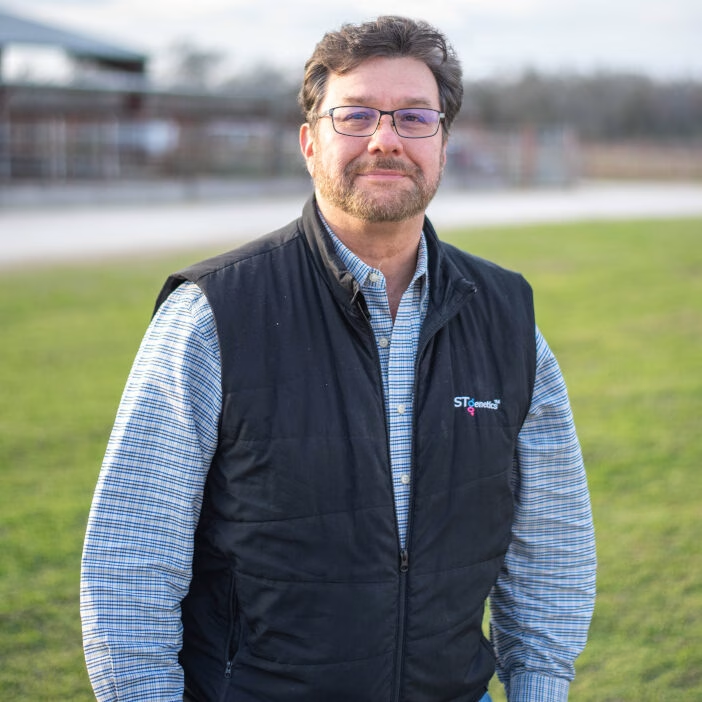
Have you ever met someone who completely transformed an entire industry? Let me tell you about Juan Moreno – he’s the Steve Jobs of dairy genetics, and honestly, I’m not even exaggerating. This guy looked at traditional breeding practices and said, “Nope, we can do better,” and then actually went ahead and did it!
From his early days on a Colombian cattle farm to becoming this year’s World Dairy Expo International Person of the Year, Moreno has charged through the dairy industry like – you guessed it – a bull in a china shop. But unlike the destructive image his saying usually brings, he’s been deliberately breaking outdated systems to build something infinitely more valuable. His work with sex-sorted semen and genomic testing hasn’t just changed breeding practices; it’s revolutionized them. STgenetics now employs over 1,800 people across 16 countries, and you can bet those folks aren’t just pushing papers – they’re reshaping global food production one gene at a time.
From Colombian Pastures to Global Innovation
You might wonder how a kid from Colombia changed the face of dairy genetics worldwide. It’s a fascinating story.
Moreno’s journey began with his family’s cattle operation in Colombia. “It all started on my family’s cattle operation, where an early fondness for animal husbandry took root,” Moreno recalls. “Those early experiences shaped my understanding of the daily practical challenges farmers face.”
Instead of accepting how things had always been done, Moreno had this incredible knack for questioning everything. Why do things work this way? Could they work better? That curiosity eventually led him to Ohio State University, where he earned his Bachelor of Science in Dairy Science.
While at Ohio State, he wasn’t just hitting the books – he jumped into the OSU Dairy Judging Team activities. If you’ve ever been around the judging circuit, you know that’s where you develop that critical eye for what makes a great cow. That experience gave him insights that classroom learning alone could never provide.
But Moreno wasn’t done learning. He headed to Texas A&M for graduate work in Reproductive Physiology. Talk about setting yourself up for success! That specialized knowledge became the foundation for everything that followed.
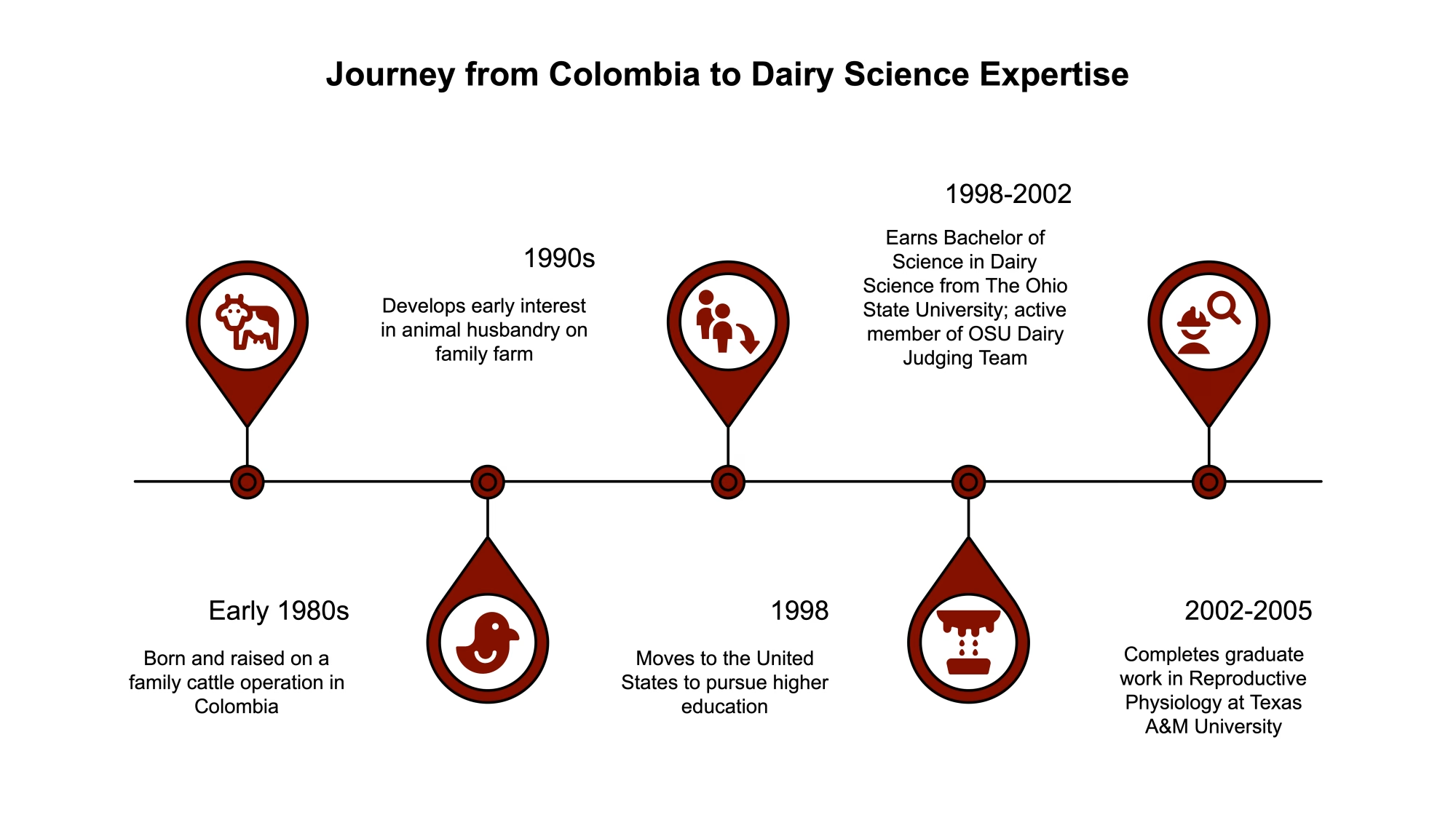
Taking the Leap into Entrepreneurship
After his education, Moreno made the gutsy move that changed everything – founding Sexing Technologies (ST) with Maurice Rosenstein. It wasn’t exactly a safe bet at the time. Can you imagine telling investors you will revolutionize cattle breeding by sorting sperm cells? I’d love to have been a fly on the wall for some of those early pitches!
What started with a single licensed technology has become something no one could have predicted. But the path wasn’t always smooth. Like any entrepreneur, Moreno faced skeptics and setbacks, but his vision and persistence kept pushing things forward. That’s the thing about true innovators – they see possibilities where others see obstacles.
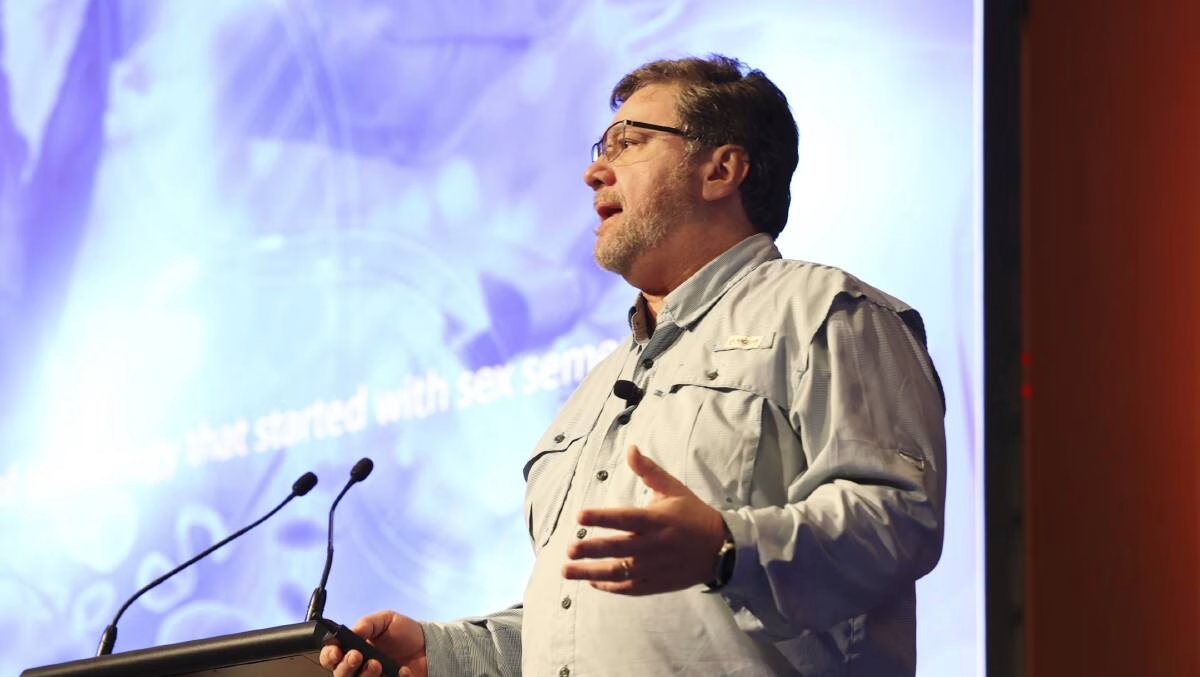
Shattering Traditional Breeding Paradigms
Let’s talk about the game-changer – Moreno’s work with gender-sorted semen. Before this technology, dairy farmers were flipping a coin with every breeding. Would they get a valuable heifer calf or a less valuable bull calf? It was a 50/50 proposition that wasted tremendous resources.
Moreno changed all that by pioneering a technology that could predetermine offspring sex with over 90% accuracy. Can you even imagine the impact? Suddenly, dairy farmers could reliably produce the female calves they needed without wasting resources on bull calves that wouldn’t contribute to milk production.
The Science Behind the Magic
I’m always fascinated by how this technology works. Moreno’s team figured out how to separate X-chromosome-bearing sperm (which produce females) from Y-chromosome-bearing sperm (which produce males) using flow cytometry. It sounds simple when I say that, but the bioengineering challenges were enormous.
And Moreno didn’t stop at “good enough.” His team developed Ultraplus™, which achieved industry-leading conception rates for gender-sorted semen. This was crucial because one of the initial drawbacks associated with sexed semen was lower fertility rates compared to conventional semen.
When asked about challenges in developing these technologies, Moreno is refreshingly honest: “We’ve been investing in these projects for years, testing both beef and dairy animals. It’s a long-term commitment that requires patience and persistence. Not every farmer immediately sees the value, and communicating that value effectively has been one of our biggest hurdles.”
Beyond Gender Sorting
You’d think revolutionizing gender selection in breeding would be enough for one career, right? Not for Moreno. He’s like that friend who can’t sit still – always looking for the next challenge.
He expanded ST’s services to include genomic testing, whole genome sequencing, bioinformatics, and bioelectronics. Each of these fields could be a company unto itself, but Moreno saw how they interconnected to create a comprehensive approach to genetic improvement.

His recent EcoFeed™ innovation tackles feed efficiency and environmental impact. “Feed is essentially 55% of the cost to operate a dairy,” Moreno explains, “so if you can save 10% of feed costs through feed efficiency, you are saving a substantial amount of money, and what’s more, EcoFeed is a heritable trait.” I love Moreno’s approach – he finds both environmentally responsible and economically beneficial solutions.
“So What Does This Mean for My Farm?” – Practical Applications
If you’re a dairy producer, you probably wonder how all this high-tech stuff translates to your day-to-day operations. Fair question!
“In the U.S., about 30% of dairy producers are now using genomic testing to make early decisions about whether a female will be productive long-term,” Moreno points out. “The figures show us that we get 76% accuracy on that genomic prediction.”
Let me break down the economics because this is where it gets exciting. “For the first 60 days of life, a calf on milk costs about $5.00 per day. After that, it might cost $2.00 daily for feed,” Moreno explains. “So in two years, the question becomes, why should a dairy farmer wait to find if a heifer’s genetic value and performance is below average after putting in $1400-1500 in feed costs to bring her to calving? If they can spend $30 as a calf and know her genetic value sooner, that $30 investment will save dairy producers $2800-3000 in total costs associated with rearing every herd replacement.” The money saved from rearing inferior heifers can be money available to cover other costs or in enterprise development.
When he puts it that way, it’s a no-brainer.
Getting Started with These Technologies
Suppose you’re thinking about implementing these technologies on your farm. In that case, Moreno suggests starting with genomic testing: “Most people look at genomic testing in terms of genetic gain, and while there is a lot of value in genetic gain, there is a lot of money to be saved in not having to raise animals that are not going to perform. What genomics does is it allows farmers to select traits that are most important to them.”
I love that Moreno doesn’t push a one-size-fits-all approach. He gets that different operations have different needs: “I don’t believe in the concept of a super cow. Farmers will have different priorities depending on their location and markets. For example, in one part of the UK, it might be more important to breed a cow that excels at grazing; in another, it might be milk solids; and in a third, it might be how that cow looks. There is not one trait that fits all.”
Building a Global Genetic Powerhouse
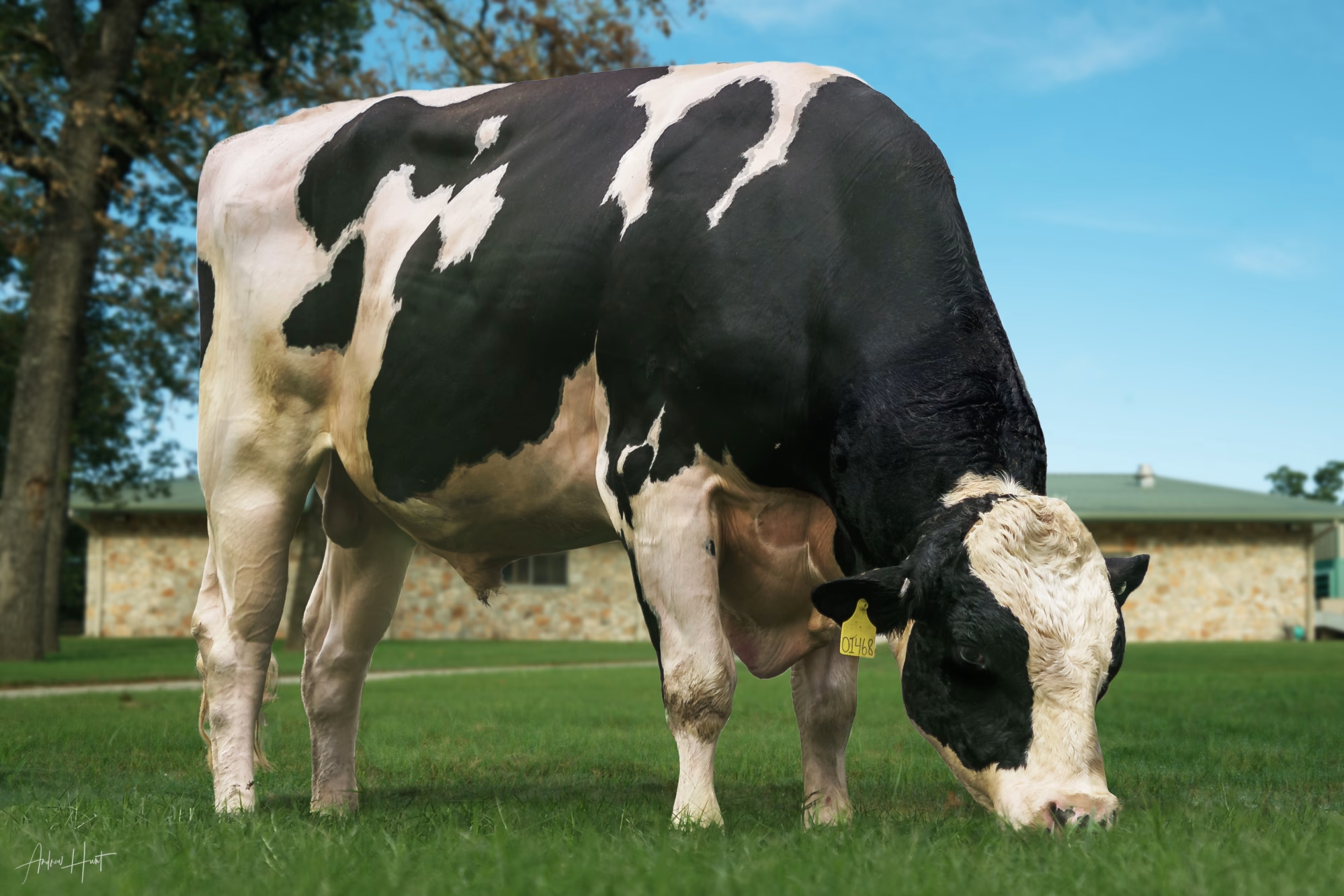
It’s one thing to have a breakthrough technology but another to build a global enterprise. Moreno has done both. Under his leadership, Sexing Technologies has become a comprehensive genetic improvement company with a worldwide footprint.
Get this – they operate about 60 sperm-sorting facilities worldwide. Eight are in the USA, and over 50 are spread across 19 other countries. That’s not just global expansion; that’s global domination! And it means farmers around the world can access these game-changing technologies.
ST doesn’t stop at the lab, either. They manage seven bull stud farms: four in the USA, one in Canada, one in Italy, and one in the UK. These facilities house the elite genetics that make everything possible. It’s a perfect marriage of cutting-edge technology and premium genetics.
Strategic Growth Through Smart Acquisitions
What’s fascinating about Moreno’s business strategy is his growth through carefully chosen acquisitions and partnerships. ST has acquired several strategic companies, including Trans-World Genetics, Taurus, TAG, Cogent, and Inseme.

When I heard about the Cogent acquisition, I was curious about his thinking. Moreno didn’t disappoint: “It was a very fortunate situation for us to be able to purchase Cogent. We’re excited about all the opportunities this brings STgenetics. We house many bulls and genetics in the UK and see it as the launching pad for many parts of the world. We will continue investing heavily in Cogent in the UK to make it bigger and greater than ever.”
In 2015, Moreno took things further by launching STgenetics with Maurice Rosenstein to focus on developing livestock genetics and sales. This vertical integration was brilliant – offering both breeding technology and superior genetics directly to producers.
Another masterful move was the impending merger with Select Sires. This partnership will combine ST’s advanced reproductive technologies with Select Sires’ established market presence and distribution network. Talk about a power couple!
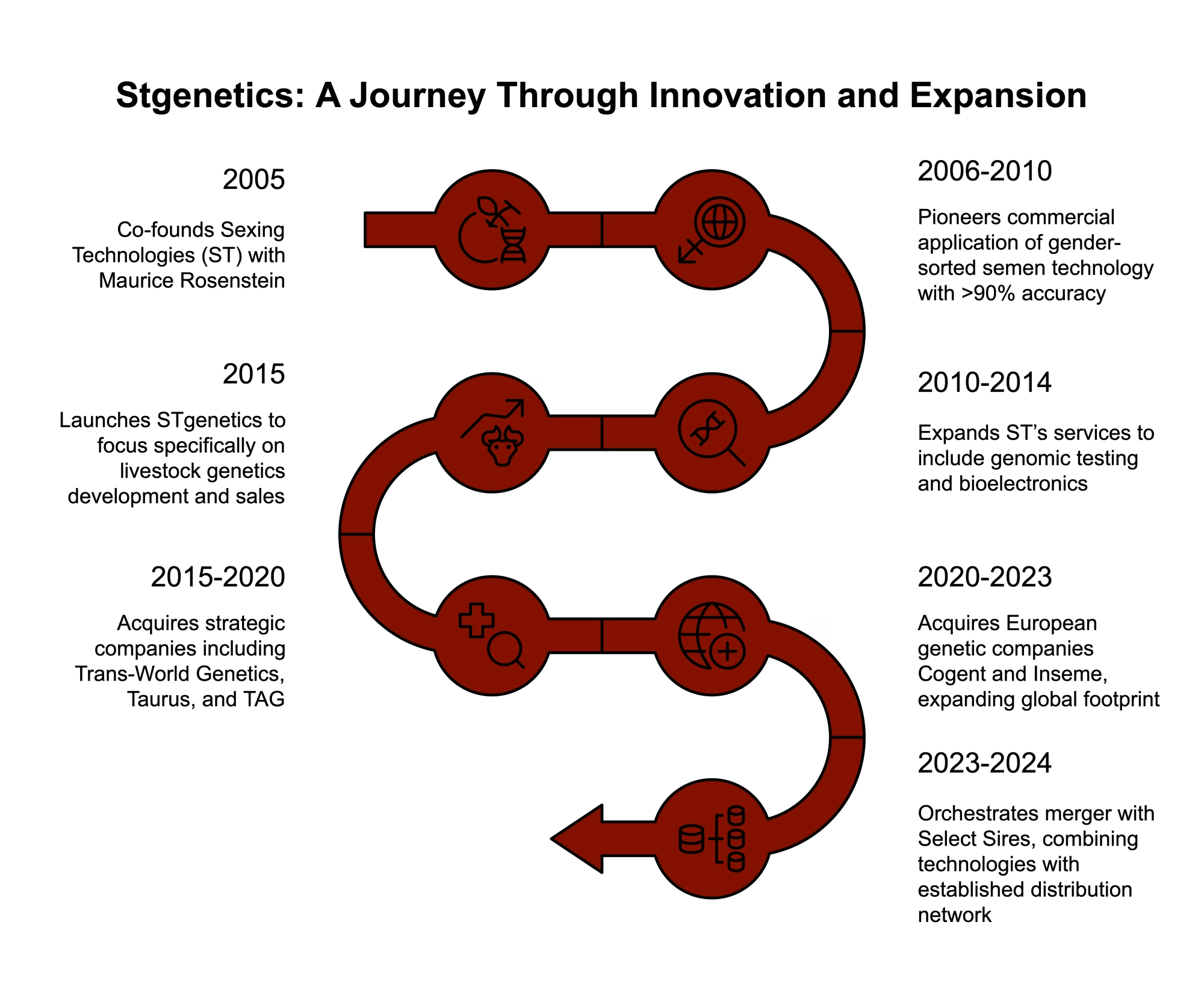
Revolutionary Impact on the Global Dairy Industry
It’s hard to overstate just how profoundly Moreno has changed dairy farming. Around 30% of all semen sold worldwide now uses ST’s sex-sorted technology. That’s not just market share – it is transforming an entire industry’s standard practices.
The ability to produce predominantly female calves has accelerated genetic progress in dairy herds, increased production efficiency, and boosted farm profitability. Reducing the number of male dairy calves with limited economic value is also better for animal welfare.
Feeding a Growing World – Sustainably

Moreno’s work extends far beyond dairy operations. His innovations address some of the biggest challenges in global food security. With the world population growing, we must produce more food with fewer resources. Moreno’s technologies help make that possible.
“STgenetics’s main goal is to partner with producers and bring new technologies to the marketplace to help the farmer,” Moreno emphasizes. “If farmers are profitable, they are more likely to do business with us; if not, companies like ours won’t be around. We want to develop the genetics that will make the farmer profitable and the end product something consumers want to buy.”
It is refreshing that Moreno directly links his company’s success to farmers’ success. It’s not just talk—his company now employs over 1,815 people across 16 countries, creating economic opportunities while advancing agricultural productivity.
Balancing Progress with Consumer Concerns
One thing I respect about Moreno is his awareness of environmental issues and consumer perceptions. “We are very concerned about the environmental issues as a company and as an industry,” he states. “We are also concerned about some of the general public’s wrong perceptions about animals in agriculture. We believe that not only can we make progress with some of the environmental traits so that the public feels comfortable buying our product in their grocery store, but it can also greatly benefit farmers.”
His EcoFeed innovation reflects this balanced approach. “To take the impact of this trait even further, at the same time, you are saving money by feeding a more sustainable cow, you are producing less methane as the cows are eating less, and if you are buying less feed, there is less machinery working and less diesel being used,” Moreno explains. “With EcoFeed, at the end of the day, you are saving on the environmental side, and it is one of the few traits that is a win-win proposition for the producer and consumer.”
This forward-thinking approach earned STgenetics the Innovation in Climate Action category award from the International Dairy Federation in 2024. Well-deserved recognition, if you ask me!
The Man Behind the Innovation

Do you know what makes Moreno stand out? His leadership style. Behind the incredible business success is a philosophy centered on openness, innovation, and talent development.
Unlike many CEOs who hide in corner offices, Moreno maintains an “open-door policy” that encourages employees at all levels to share ideas directly with leadership. This creates a corporate culture where creativity flourishes. Walking into one of their facilities is like entering an ideas factory!
Always Learning, Always Growing
Moreno has maintained this excellent curiosity and drive to learn throughout his career. He’s constantly seeking new knowledge and approaches, which keeps him at the cutting edge of reproductive technologies and genomics.
He’s also remarkably hands-on, often visiting farms and attending industry events. This keeps him connected to the day-to-day realities of farming and ensures his innovations address actual needs rather than theoretical problems.
Moreno’s perspective on genetic diversity shows his nuanced thinking: “I see an opposite effect; with the technologies we have today, we can expand and increase our diversity. In the past, many farmers were breeding for similar things and using the same bulls; we were narrowing the gene base with less diversity. Today, bull studs have different bloodlines and can invest in multiple bloodlines, bringing the outcross option in, even within the same company.”
Recognition Well Deserved
With all these achievements, it’s no surprise that Moreno has received numerous accolades. In 2013, Colombian President Juan Manuel Santos named him one of the “100 COLOMBIANOS” and received the “PIECE” Award for International Excellence.
In 2022, he received the CFAES Distinguished Alumni Award from Ohio State University. And now, in 2025, he’s recognized as the World Dairy Expo International Person of the Year. It’s about time if you ask me!
Perhaps the most impressive testament to his innovative spirit is the 78 patents granted to him throughout his career. Each patent represents a unique contribution to advancing animal reproductive technologies and genomics. Can you imagine having 78 patents? I can barely come up with one original idea before breakfast!
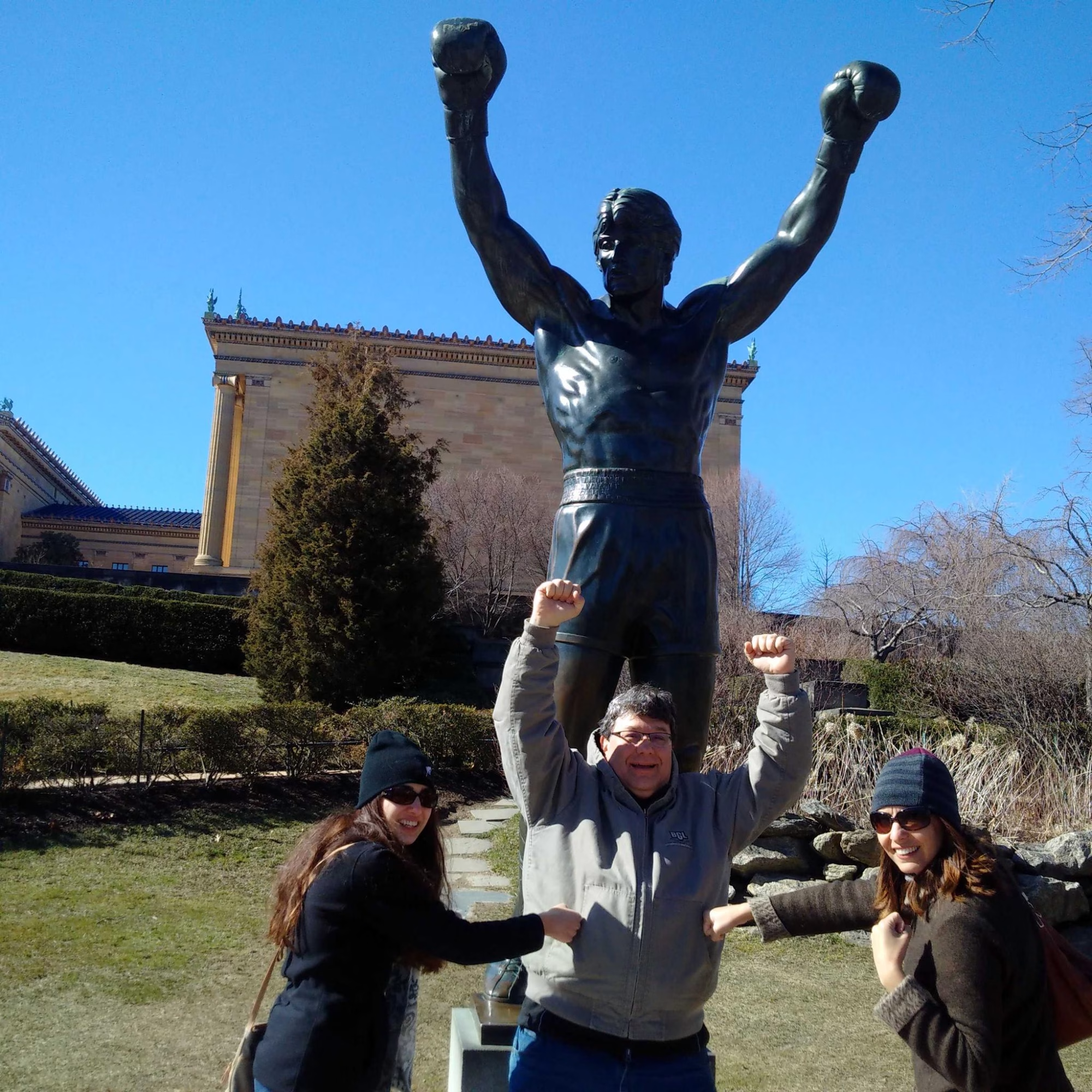
What’s Next for Livestock Genetics?
Even with all his success, Moreno keeps pushing boundaries. His recent initiatives focus on critical issues in global food security and environmental sustainability. The EcoFeed® technology is just one example of his forward-thinking approach.
Moreno maintains clear ethical boundaries when discussing genetic advancements: “We make genetic decisions to bring the best, most elite individuals into our lineup to offer to a worldwide market. Part of that is through embryo selection, but we will not get involved in artificial genetic modifications for commercial production. STgenetics is here to advance what nature has provided and will not get involved in genetic modification.”
I find his reasoning compelling: “Roughly around 87% of the consumers live in large cities and have a total disconnect with farm production, and if they don’t want to go any further with genetic modification, why on earth would we get involved with it as an industry? We’re playing with fire by doing that; we’re playing with the single most important thing to this industry, the end consumer and the polling shows they don’t want us to do genetic manipulation in animals. We stand by that decision and do what we can with what we have.”
This thoughtful approach to innovation – working with nature rather than against it – might be the most critical lesson from Moreno’s career.
Redefining the Bull in the China Shop
I keep returning to this “bull in a china shop” metaphor because it’s perfect for Moreno. He’s wholly transformed what that image means. Instead of accidental destruction, Moreno represents purposeful disruption and creation. He’s like a bull that’s learned to navigate the china shop precisely – charging through established patterns not to break things carelessly but to dismantle outdated approaches and create something better deliberately.
His journey from a Colombian cattle farm to global influence shows what happens when vision, perseverance, and innovation come together. By pioneering gender-sorted semen technology, advancing genomic testing, and creating an international enterprise that bridges science and practical agriculture, Moreno has forever changed how dairy farmers approach breeding decisions.
As the 2025 World Dairy Expo International Person of the Year, Juan Moreno, proves that sometimes the most valuable thing in agriculture is someone willing to break with tradition. Juan Moreno has shown that sometimes it takes a bull to create something beautiful in the delicate china shop of traditional farming.
Don’t you think it’s time we celebrated the bulls who know precisely which china needs breaking?
Key Takeaways
- Economic Impact: Genomic testing costs just $30 per calf but can save farmers approximately $1,400 by identifying low-genetic-merit animals early, dramatically improving herd investment decisions.
- Customized Breeding Solutions: Unlike one-size-fits-all approaches, Moreno emphasizes tailoring genetic selection to each farm’s specific priorities—whether grazing efficiency, milk solids, or conformation—based on location and market needs.
- Environmental Innovation: Moreno’s EcoFeed technology creates a rare win-win by reducing feed costs (typically 55% of operational expenses) while decreasing agriculture’s ecological footprint through improved feed conversion efficiency.
- Ethical Innovation Framework: Despite pushing technological boundaries, Moreno maintains clear moral principles, advancing what nature provides through selection rather than pursuing genetic modification that might alienate consumers.
- Leadership Legacy: With 78 patents and operations across 60 facilities worldwide, Moreno has demonstrated how vision and persistence can transform an entire industry, reimagining what it means to be a “bull in a china shop.”
Executive Summary
Juan Moreno has transformed global dairy breeding from his roots on a Colombian cattle farm to becoming a revolutionary force in agricultural biotechnology. His pioneering work with gender-sorted semen technology—now used in 30% of worldwide semen sales—allows farmers to predetermine calf gender with over 90% accuracy, dramatically improving profitability by eliminating resources wasted on unwanted bull calves. Through STgenetics, Moreno has expanded beyond reproductive technologies into genomic testing and feed efficiency innovations, building a global enterprise operating in 16 countries while earning recognition as the 2025 World Dairy Expo International Person of the Year. His approach balances cutting-edge innovation with practical economic benefits for farmers, demonstrating how purposeful disruption can create extraordinary value throughout the agricultural supply chain.
Learn more:
- How Genomics and Sexed Semen Are Remaking the Dairy Cow
- Lucky or Calculated? The Surprising Truth About Genomics and Luck in Dairy Breeding
- Understanding the “Slick Gene”: A Game-Changer for Dairy Farmers
 Join the Revolution!
Join the Revolution!
Join over 30,000 successful dairy professionals who rely on Bullvine Daily for their competitive edge. Delivered directly to your inbox each week, our exclusive industry insights help you make smarter decisions while saving precious hours every week. Never miss critical updates on milk production trends, breakthrough technologies, and profit-boosting strategies that top producers are already implementing. Subscribe now to transform your dairy operation’s efficiency and profitability—your future success is just one click away.







 Join the Revolution!
Join the Revolution!
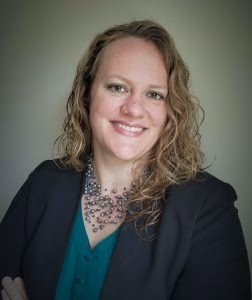
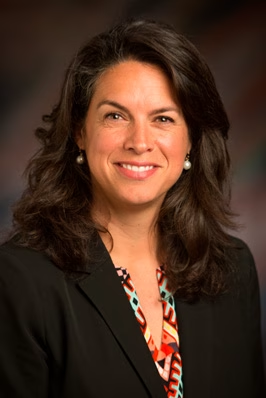


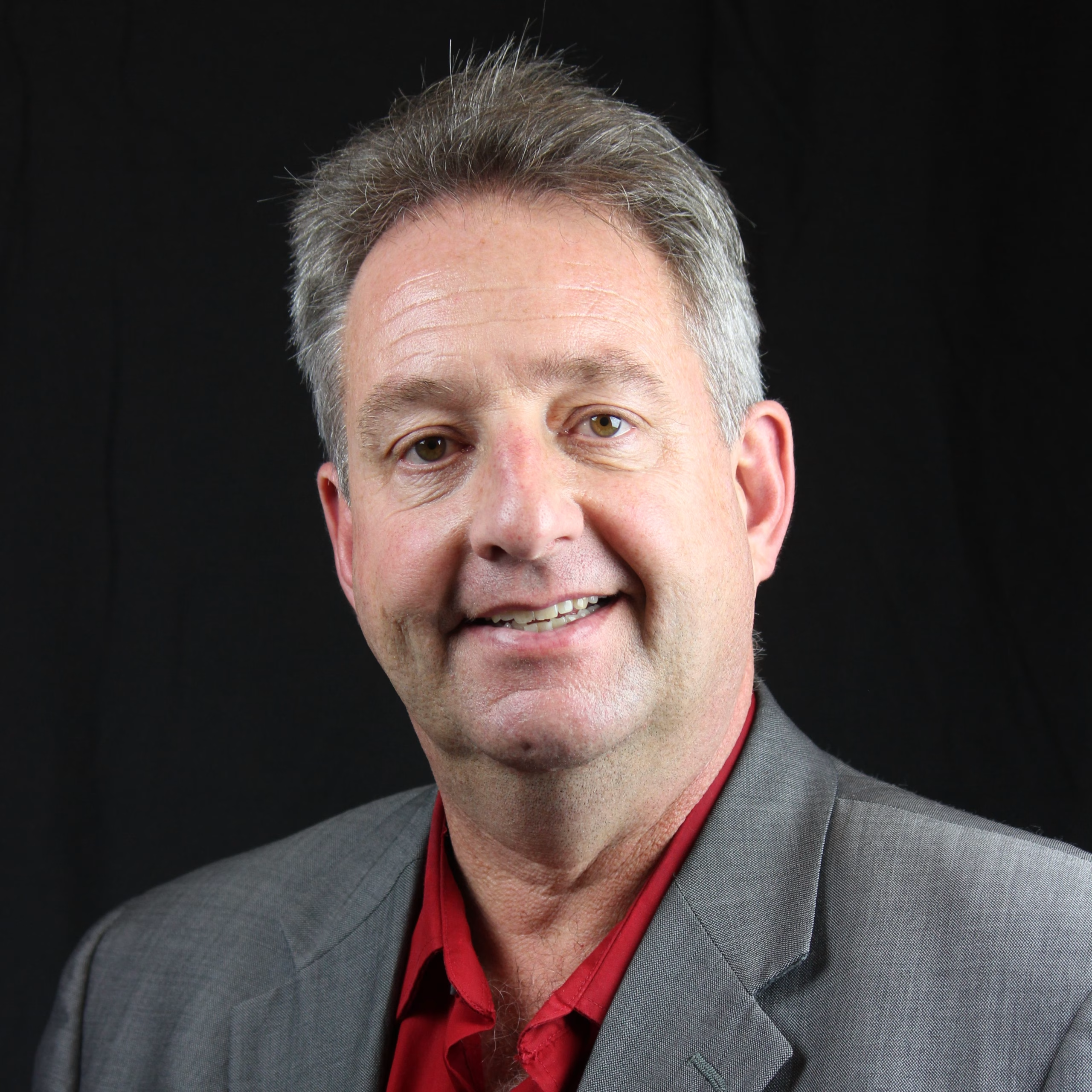 With a firm handshake that reaches your soul and an unwavering commitment to making every interaction count, Bob Hagenow has spent four decades transforming the dairy industry through genuine connections and servant leadership. Growing up on a registered Holstein farm located south of Green Bay, Wisconsin, Bob learned early that success comes from helping others succeed. Whether he’s in the World Dairy Expo show ring, where he’s served as ring steward for 40 years, mentoring young professionals, or solving complex farm challenges, Bob approaches each interaction with the same level of care and attention that has made him one of the industry’s most trusted voices. His philosophy is simple yet profound: “If you don’t have people stepping up, if you don’t have vibrant organizations adding to a community, you don’t have a community.”
With a firm handshake that reaches your soul and an unwavering commitment to making every interaction count, Bob Hagenow has spent four decades transforming the dairy industry through genuine connections and servant leadership. Growing up on a registered Holstein farm located south of Green Bay, Wisconsin, Bob learned early that success comes from helping others succeed. Whether he’s in the World Dairy Expo show ring, where he’s served as ring steward for 40 years, mentoring young professionals, or solving complex farm challenges, Bob approaches each interaction with the same level of care and attention that has made him one of the industry’s most trusted voices. His philosophy is simple yet profound: “If you don’t have people stepping up, if you don’t have vibrant organizations adding to a community, you don’t have a community.”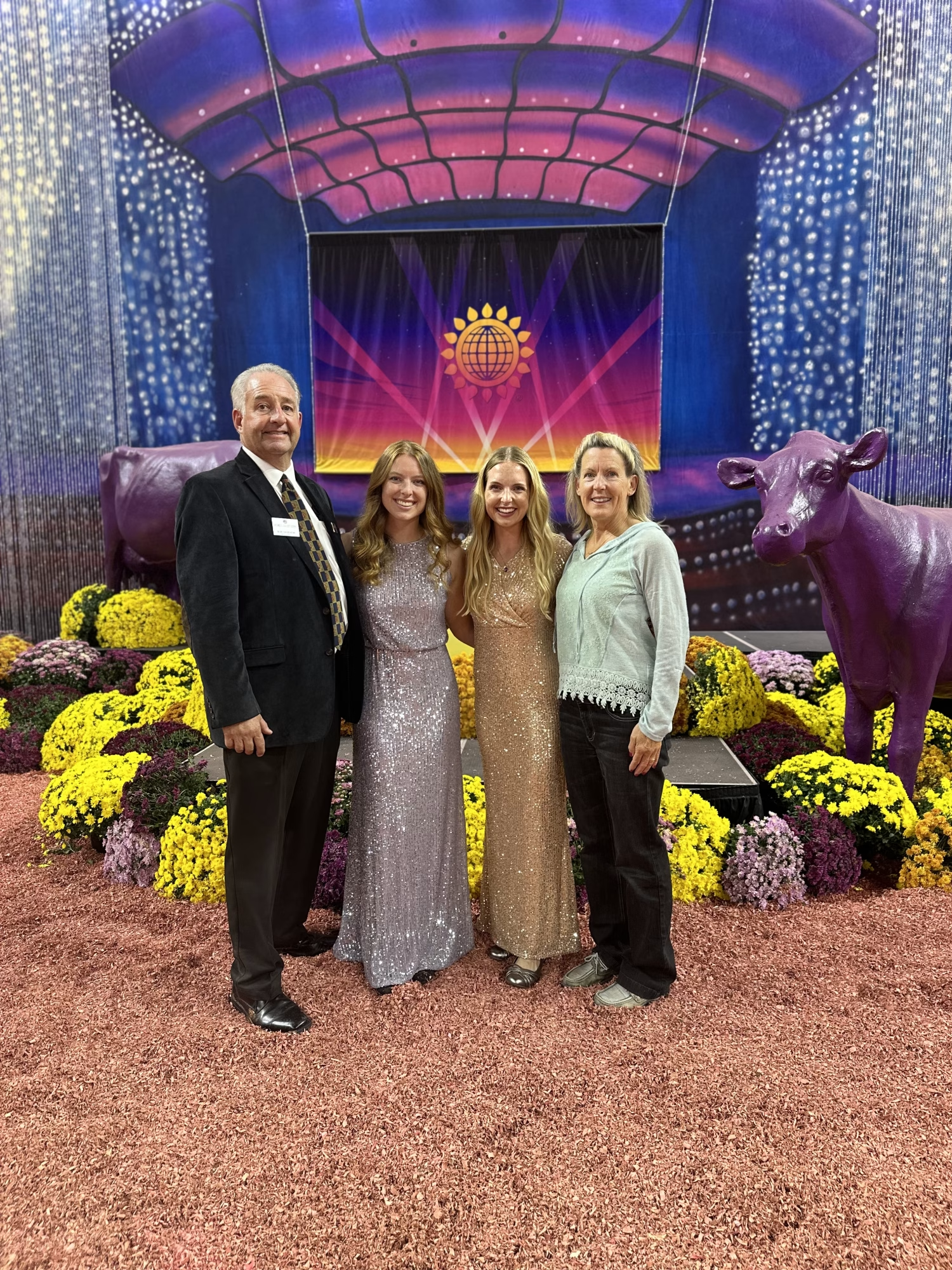
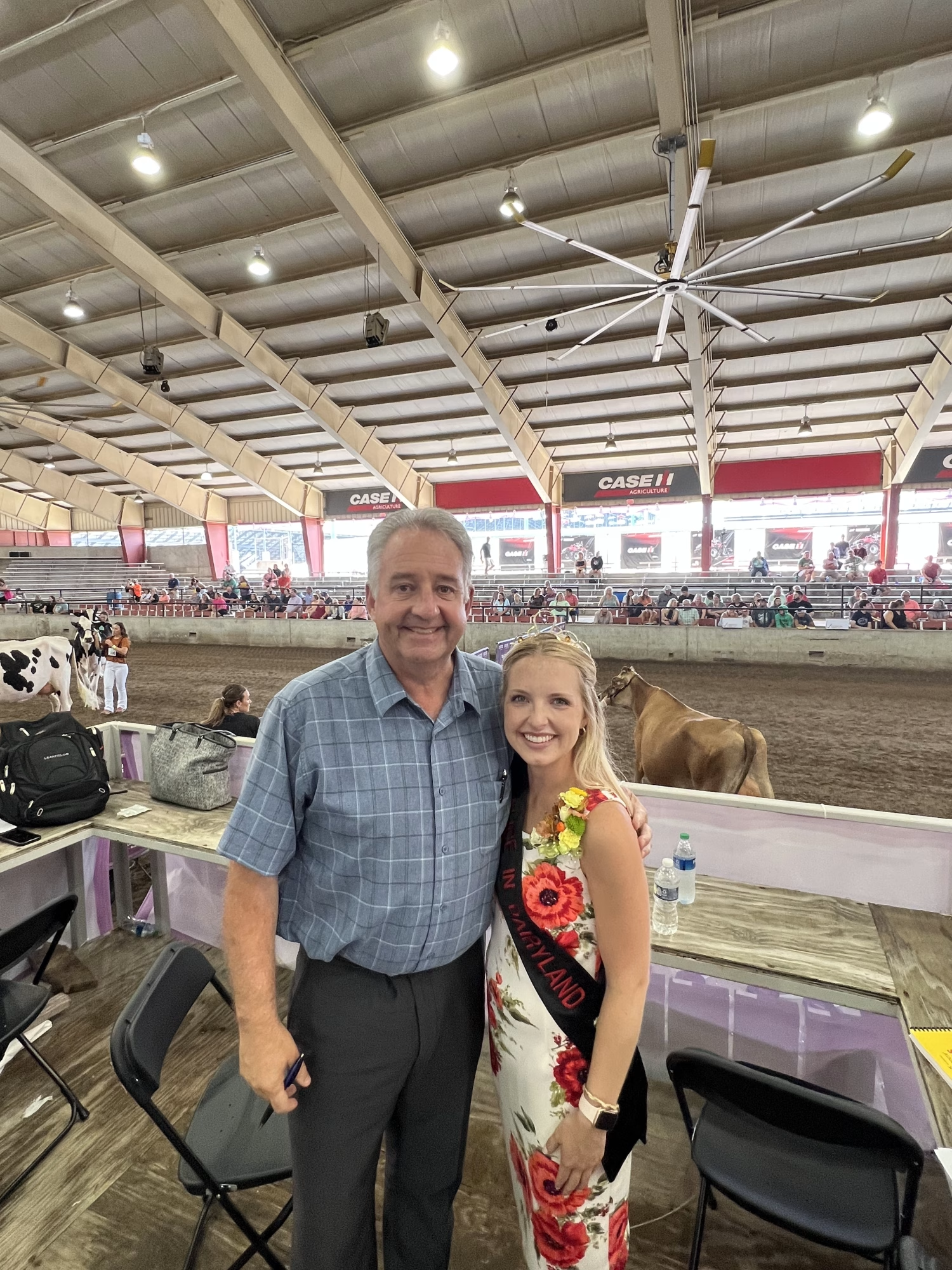
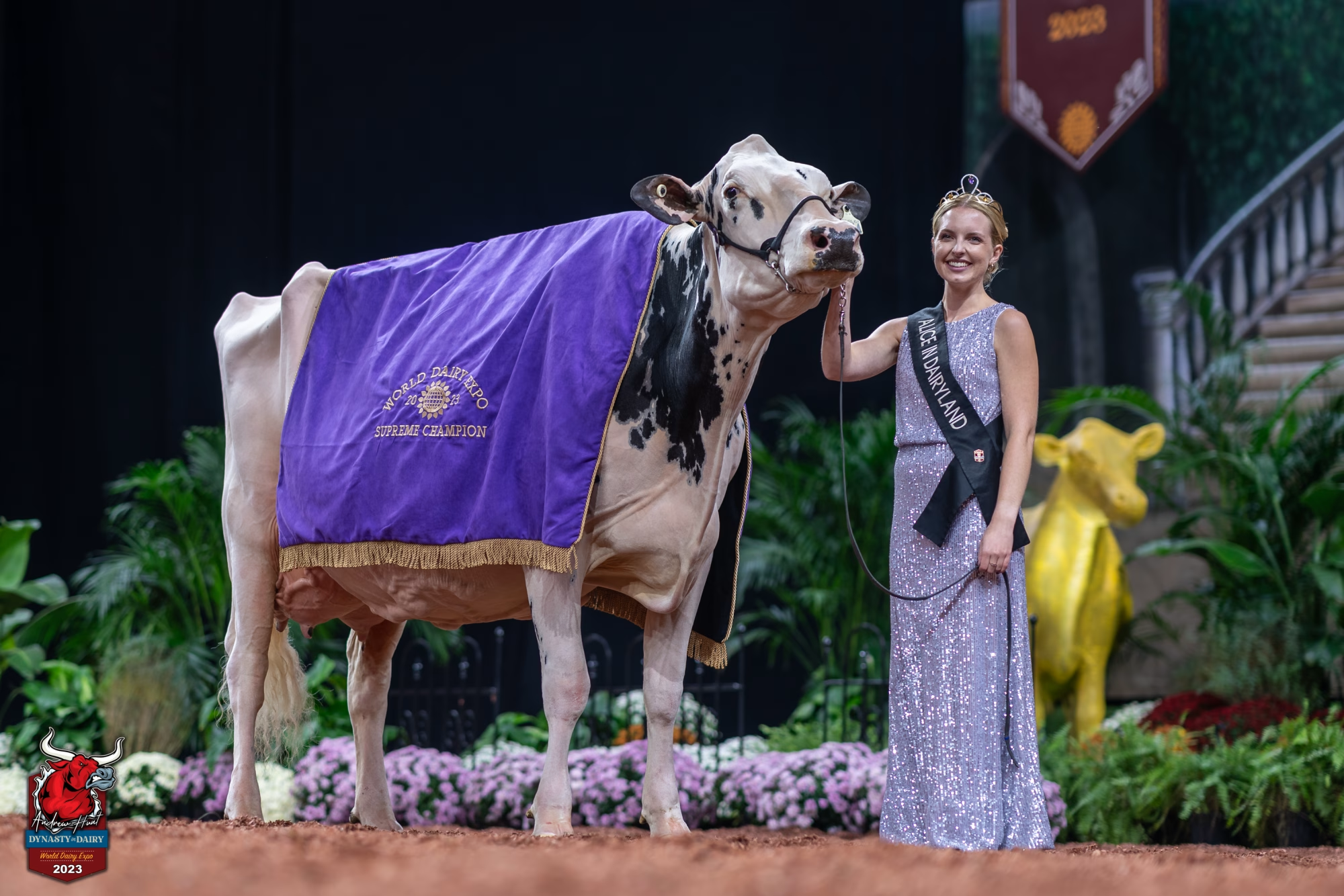


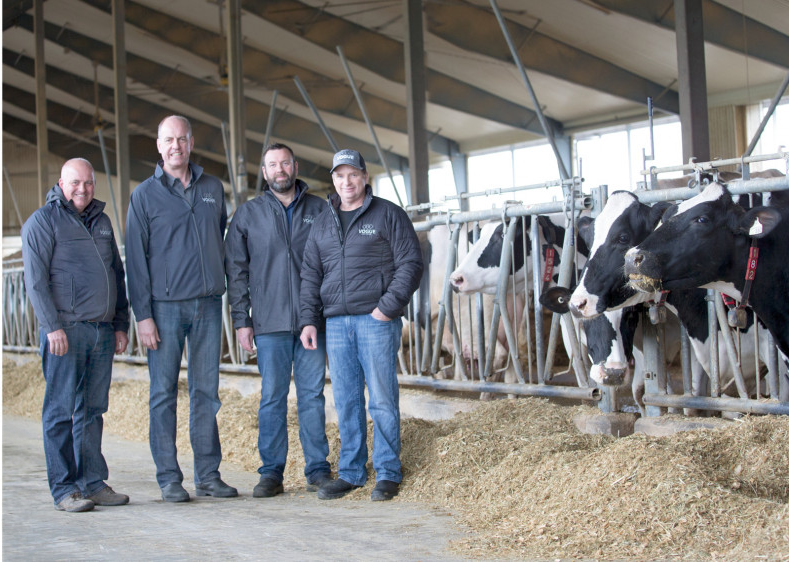
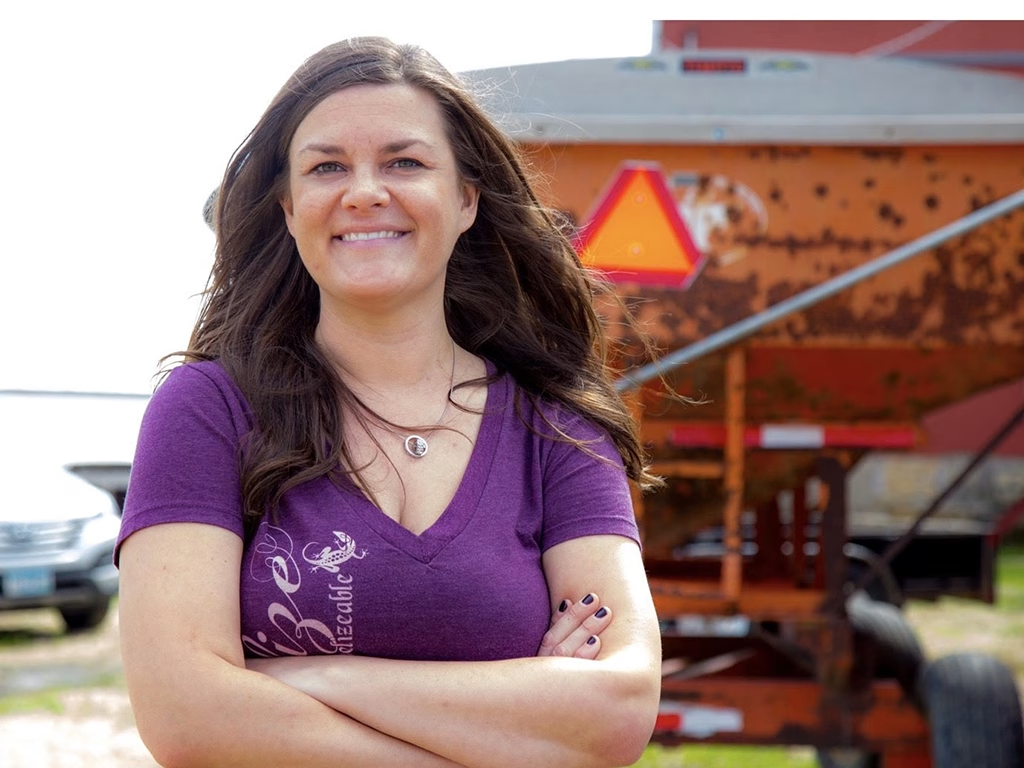




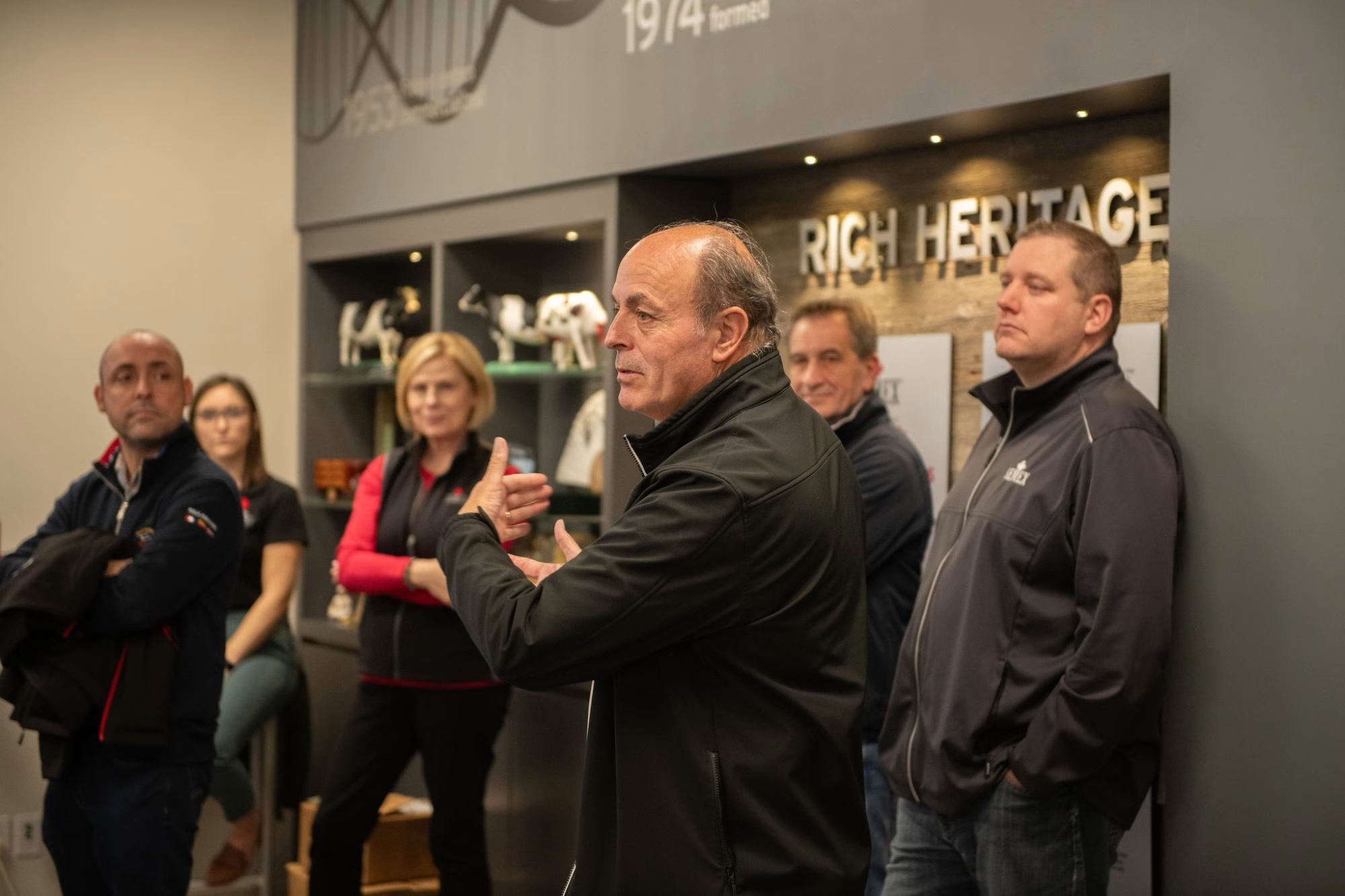
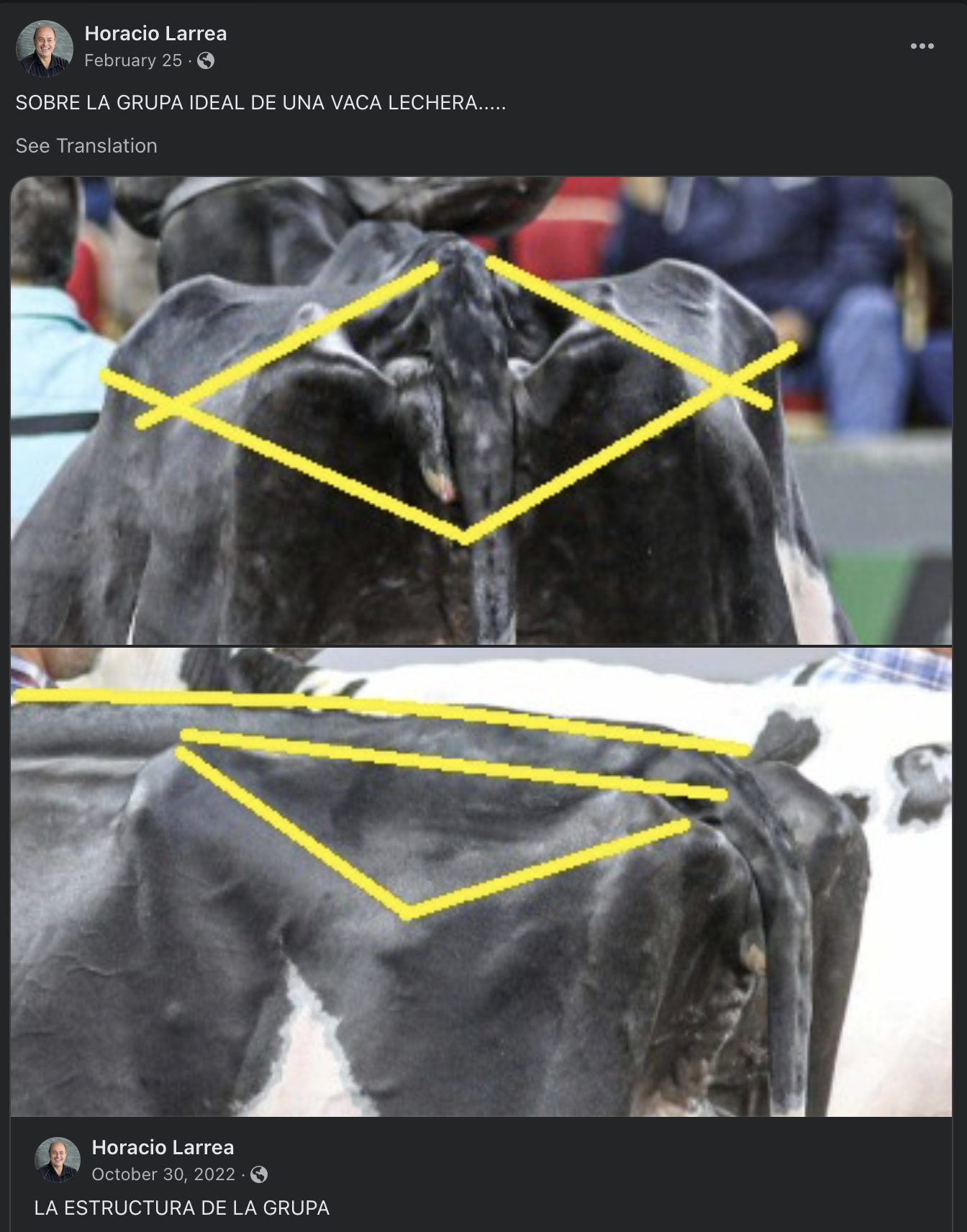
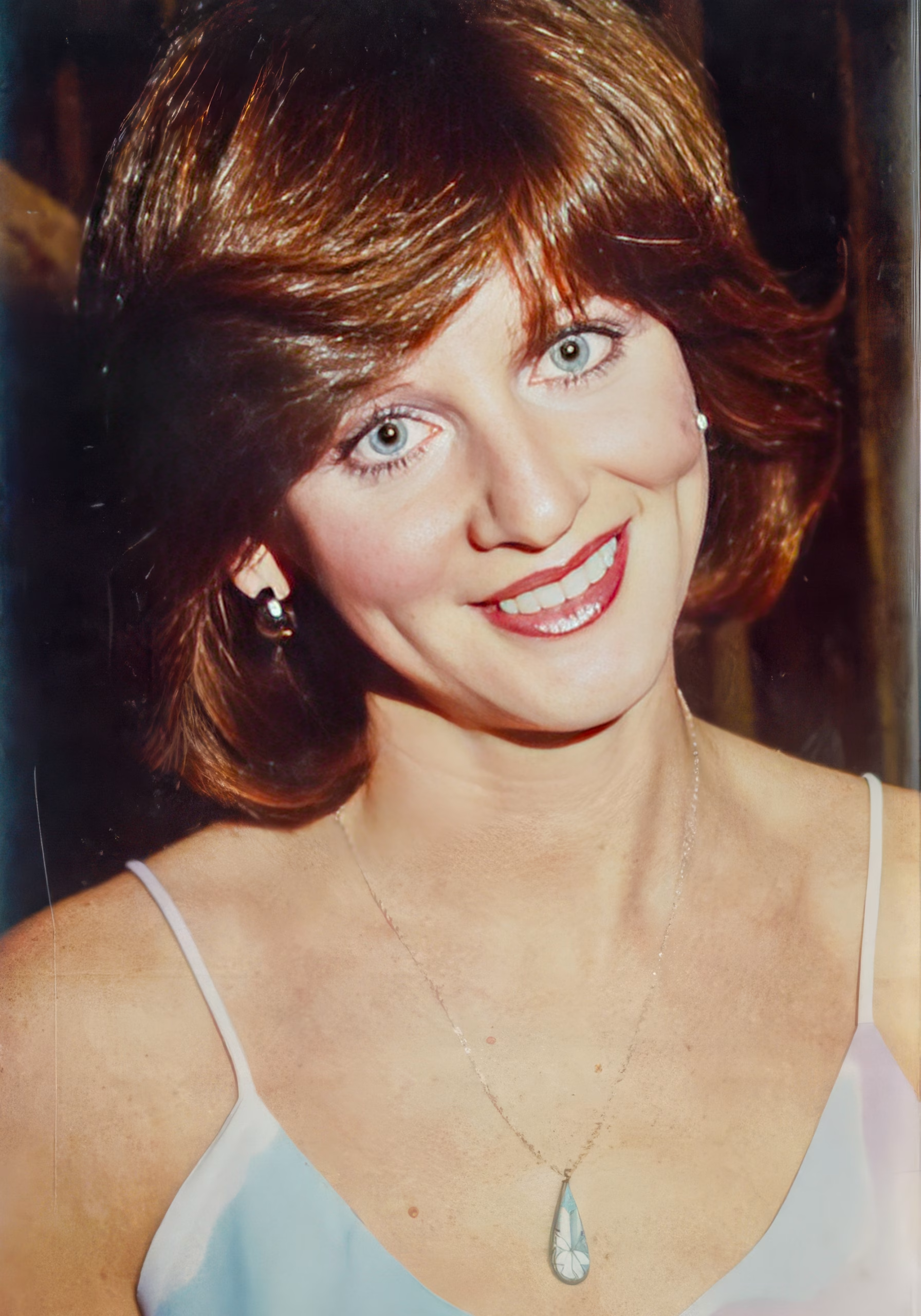 From her modest origins in Plain City, Ohio, Shirley Kaltenbach started a career that would make her a significant player in the artificial insemination business. As she prepares for retirement, her path shows diligence, commitment, and a relentless love of her industry and the people she works with. A lifelong learner, she has navigated several responsibilities at Select Sires over almost four decades, each adding to her remarkable legacy.
From her modest origins in Plain City, Ohio, Shirley Kaltenbach started a career that would make her a significant player in the artificial insemination business. As she prepares for retirement, her path shows diligence, commitment, and a relentless love of her industry and the people she works with. A lifelong learner, she has navigated several responsibilities at Select Sires over almost four decades, each adding to her remarkable legacy. 

